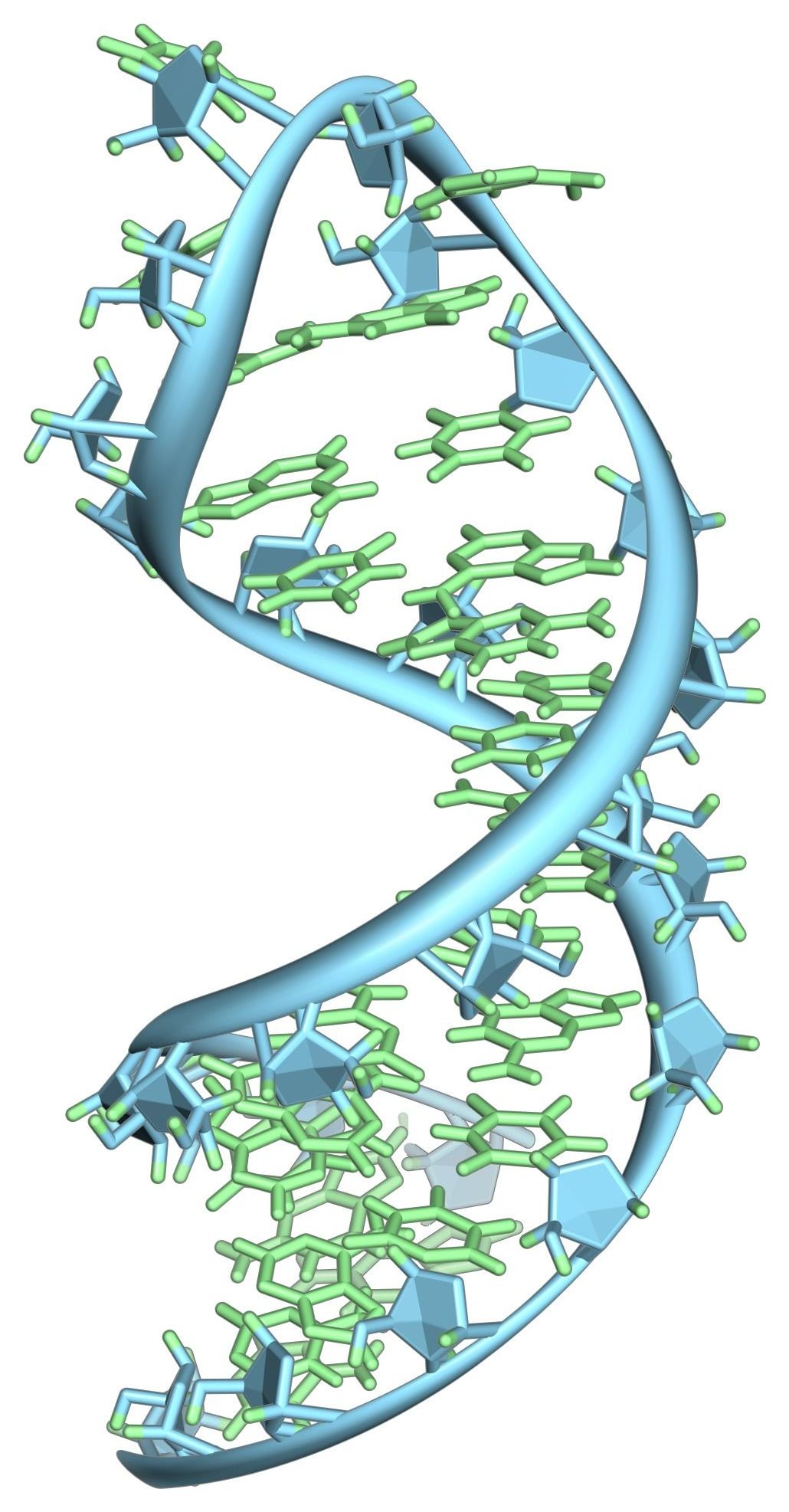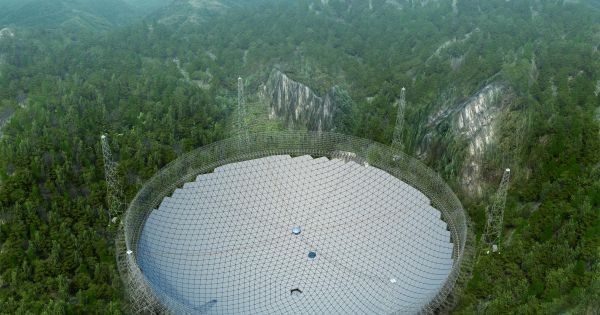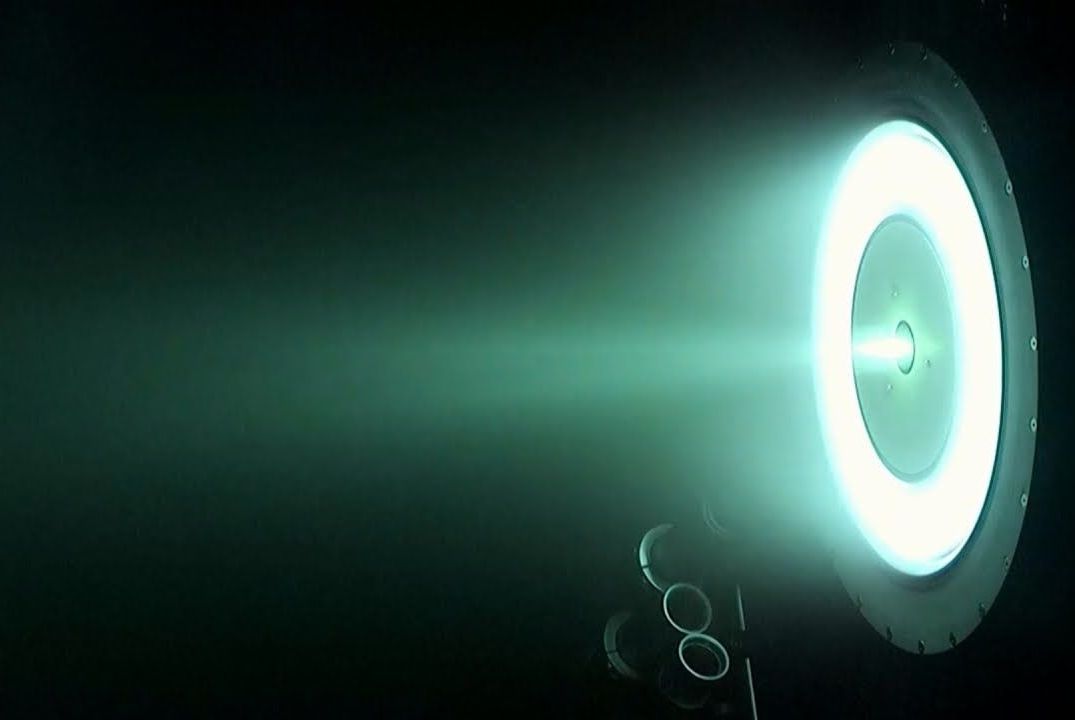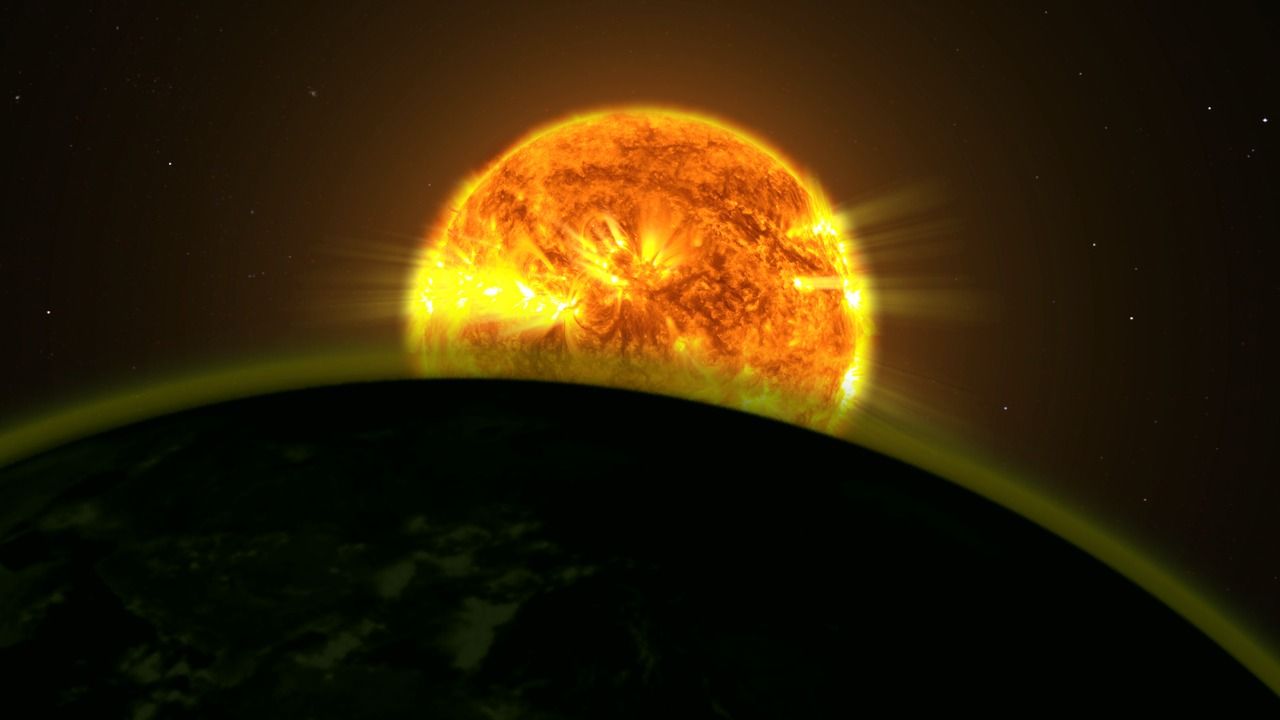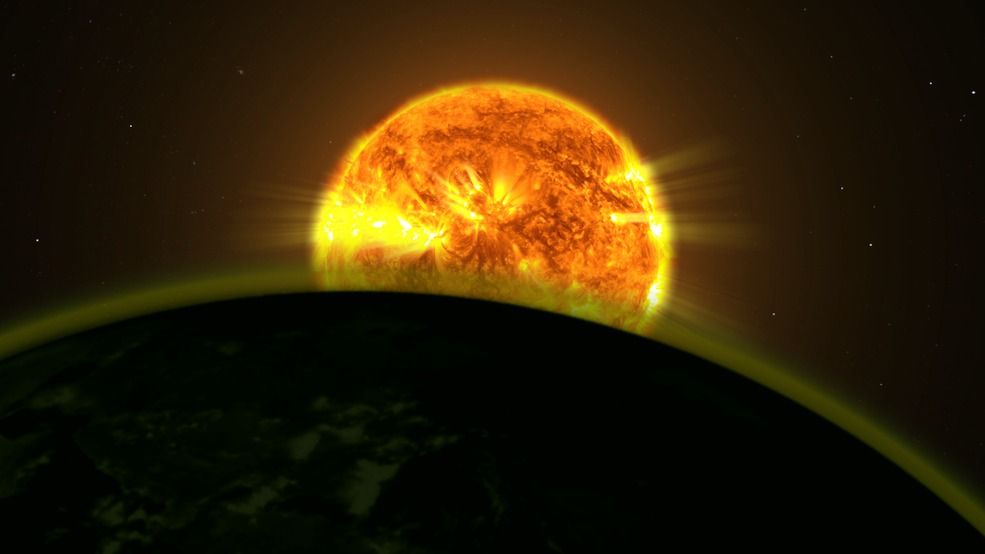LEF has access to blood tests from its customers who take the product. That means data should be available in less than a year. If it works, we can expect other DNN-developed geroprotectors.
In 2011, scientists made one of the most important discoveries in the history of AI development. They found that graphics processing units (GPUs) are far better at simulating biological learning than central processing units (CPUs).




